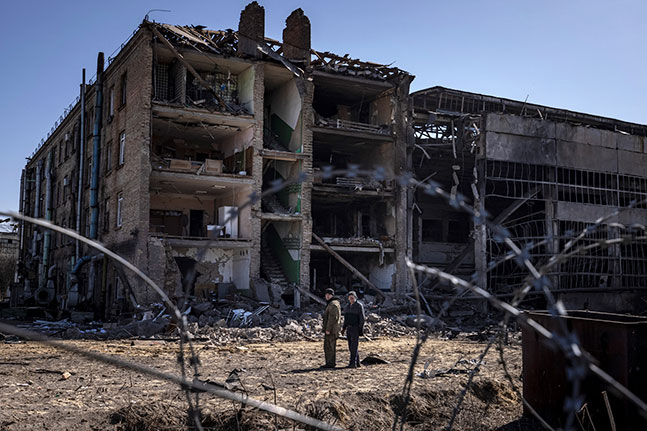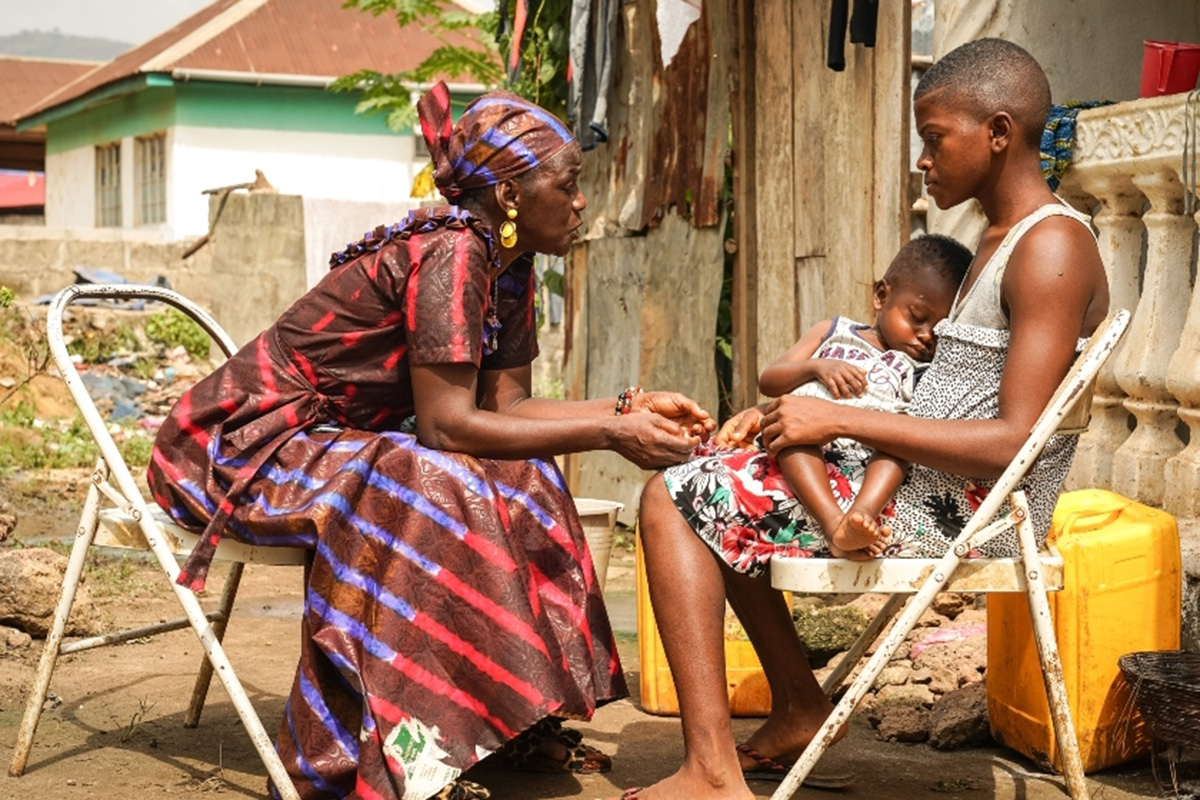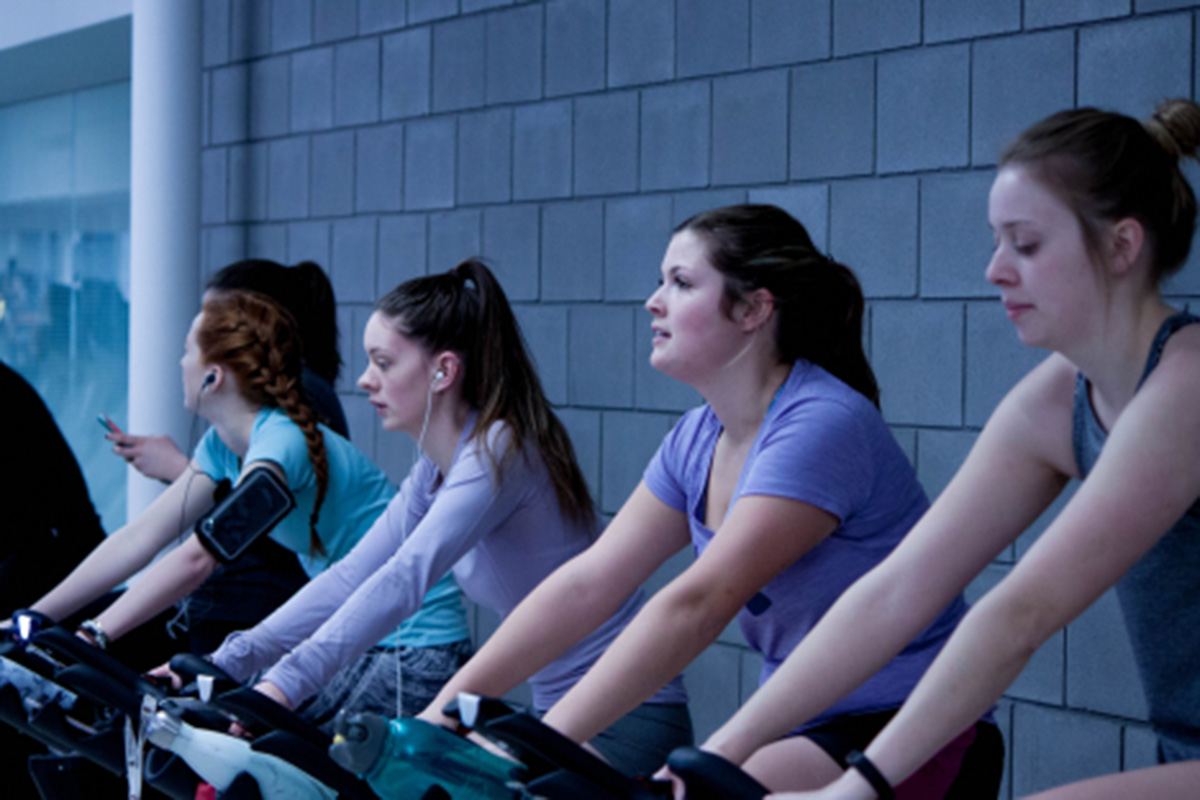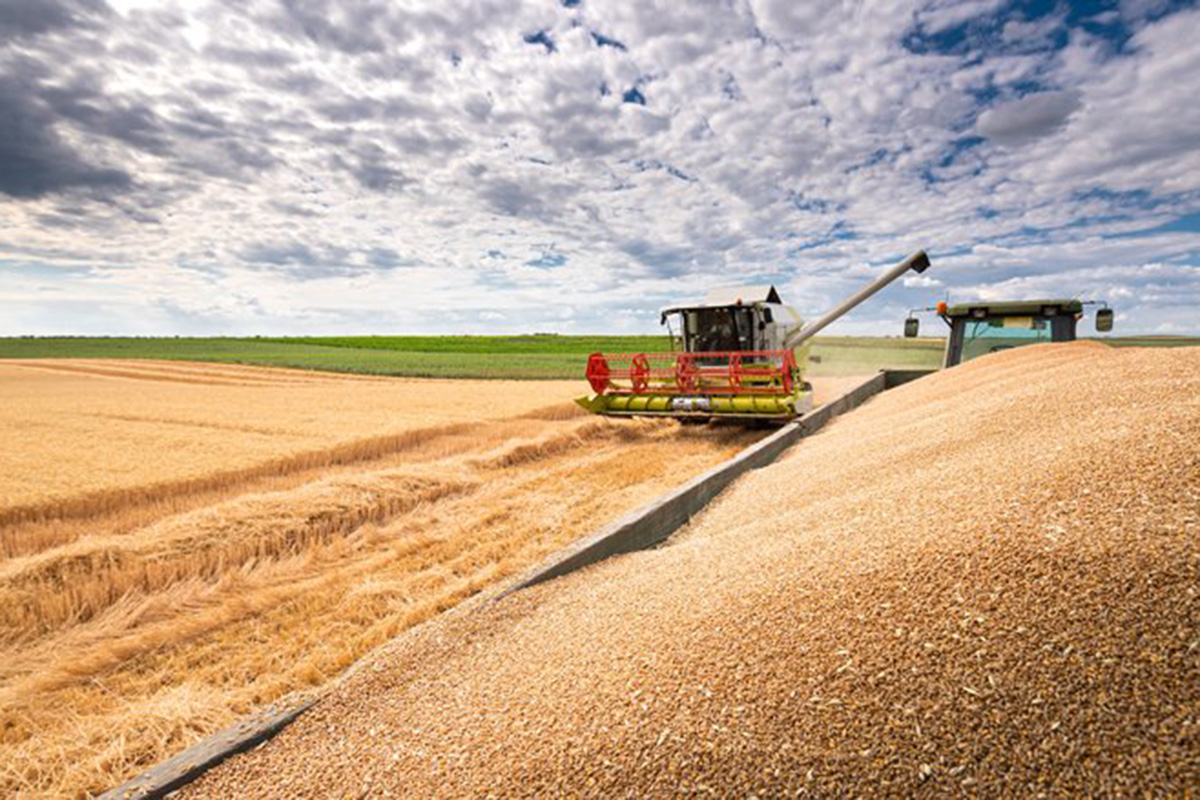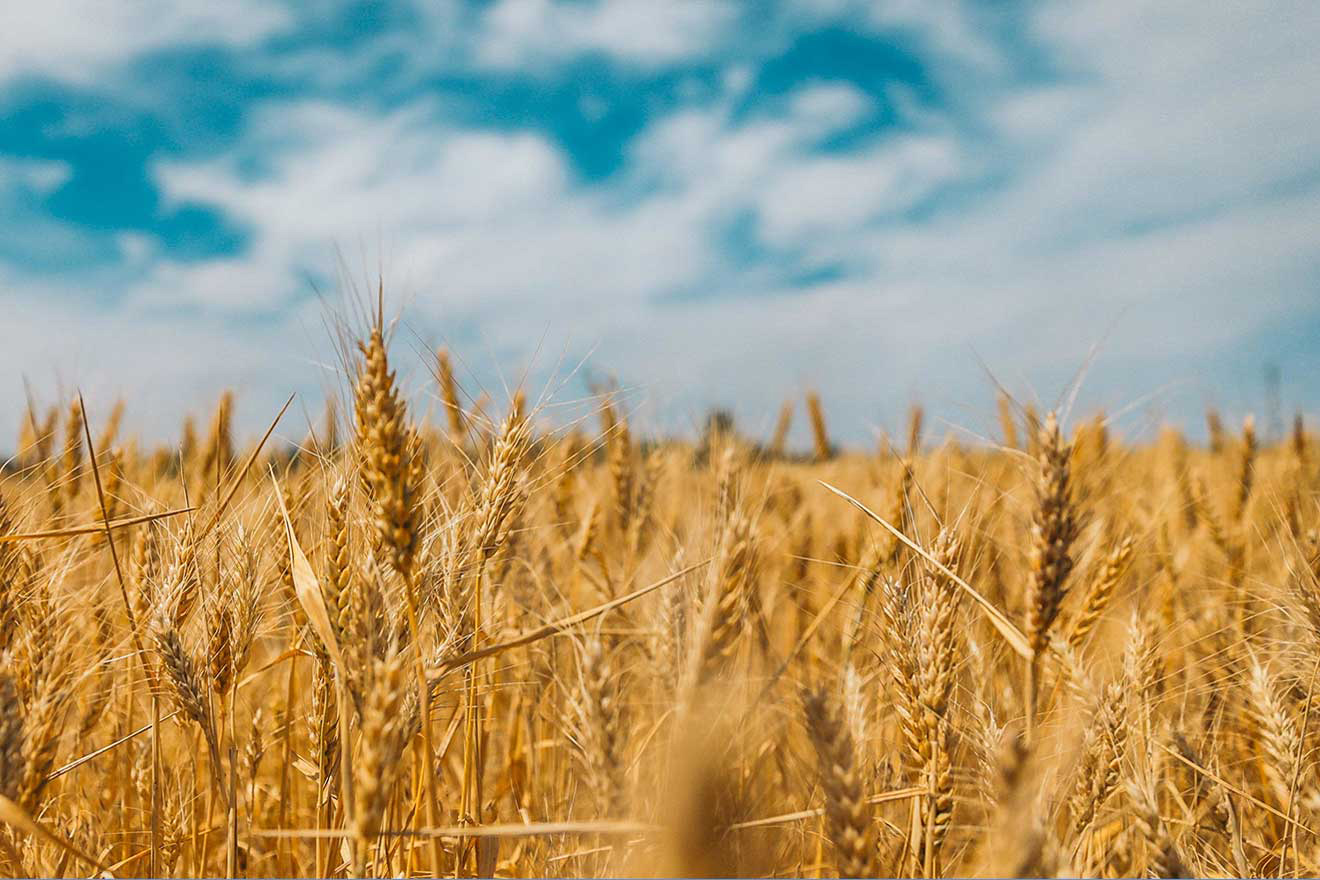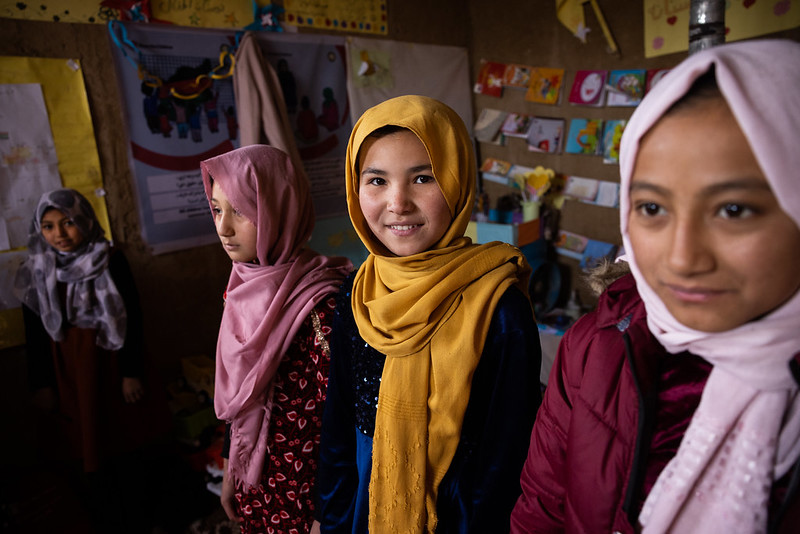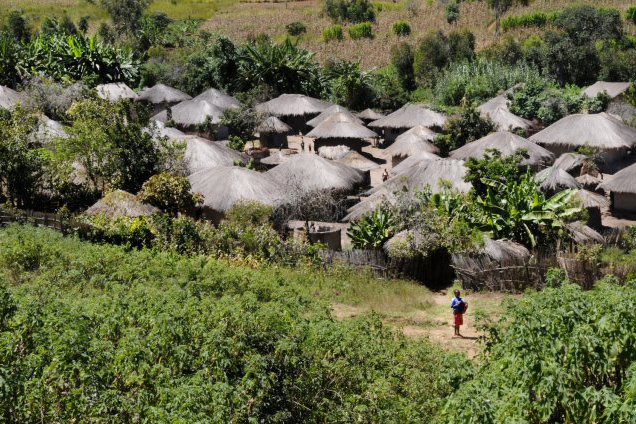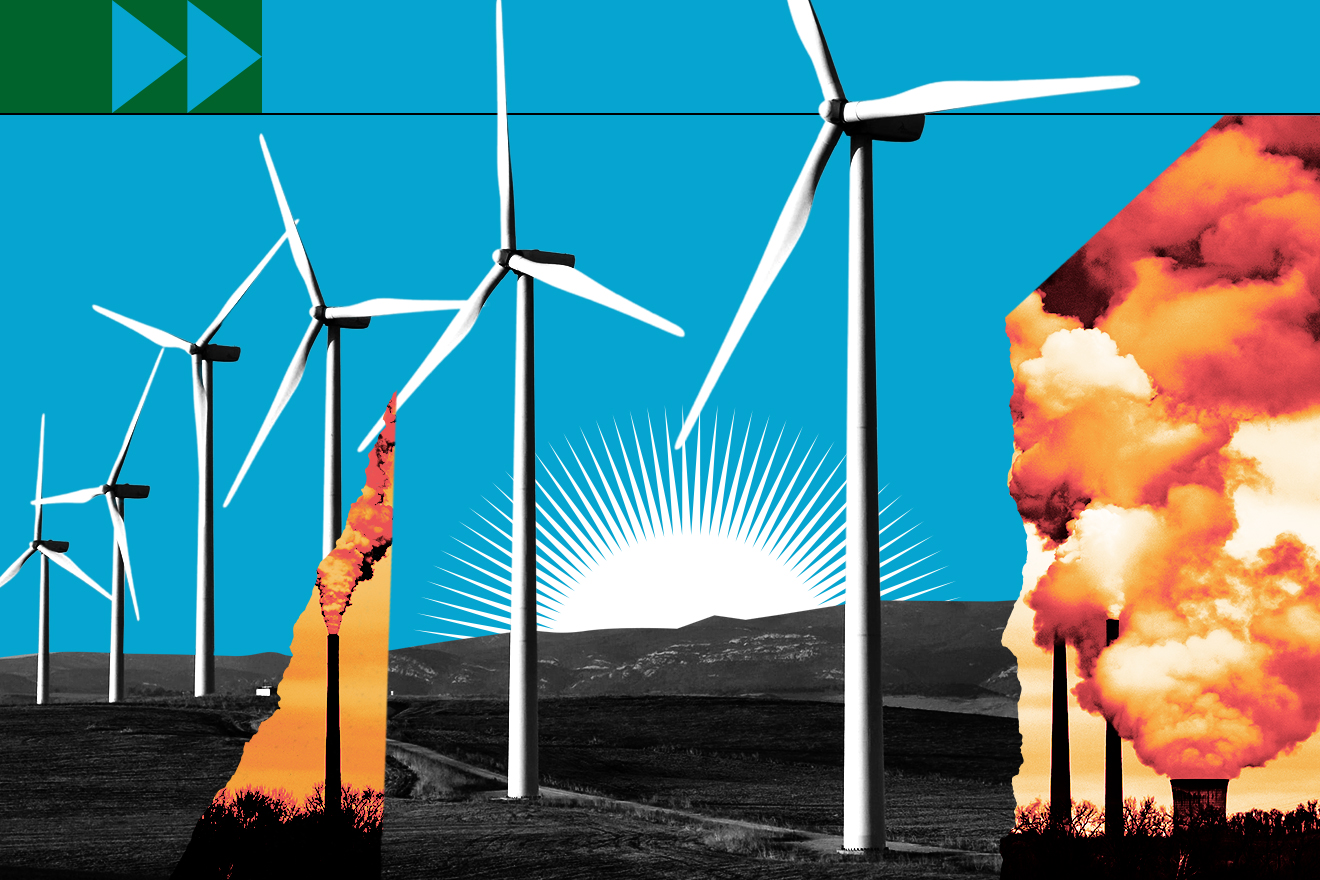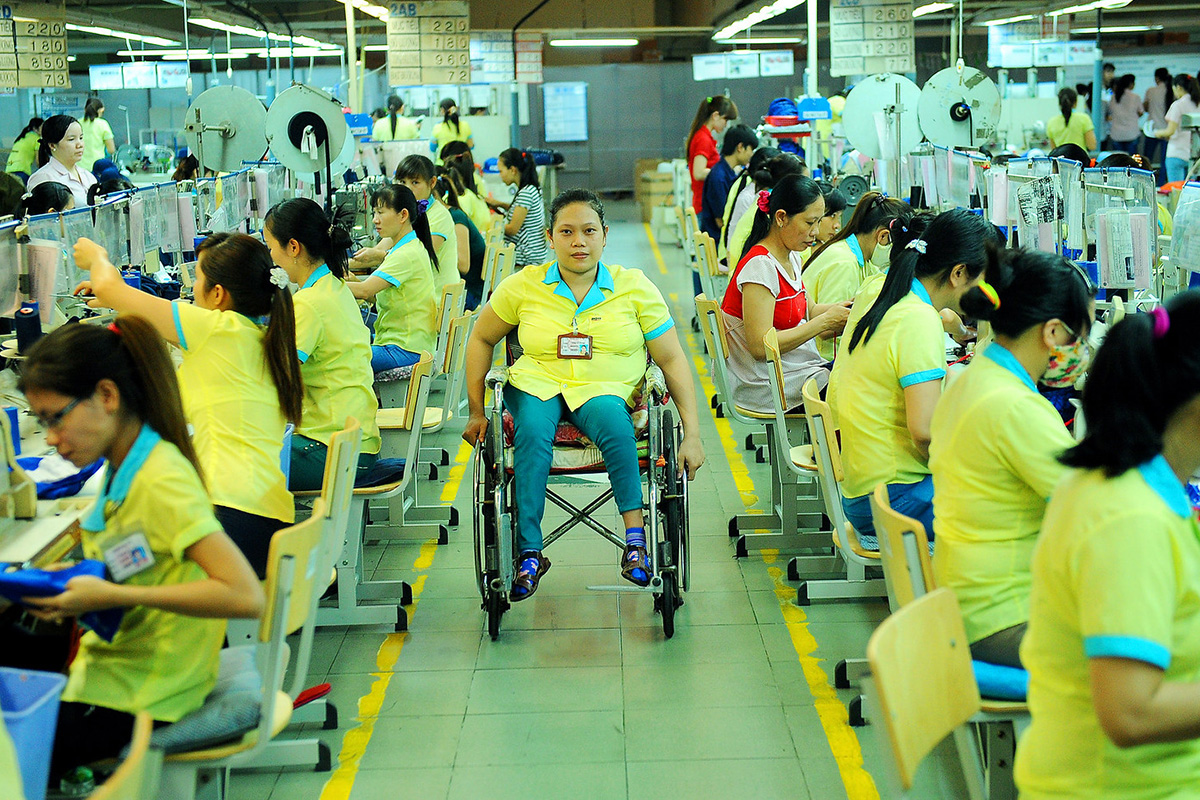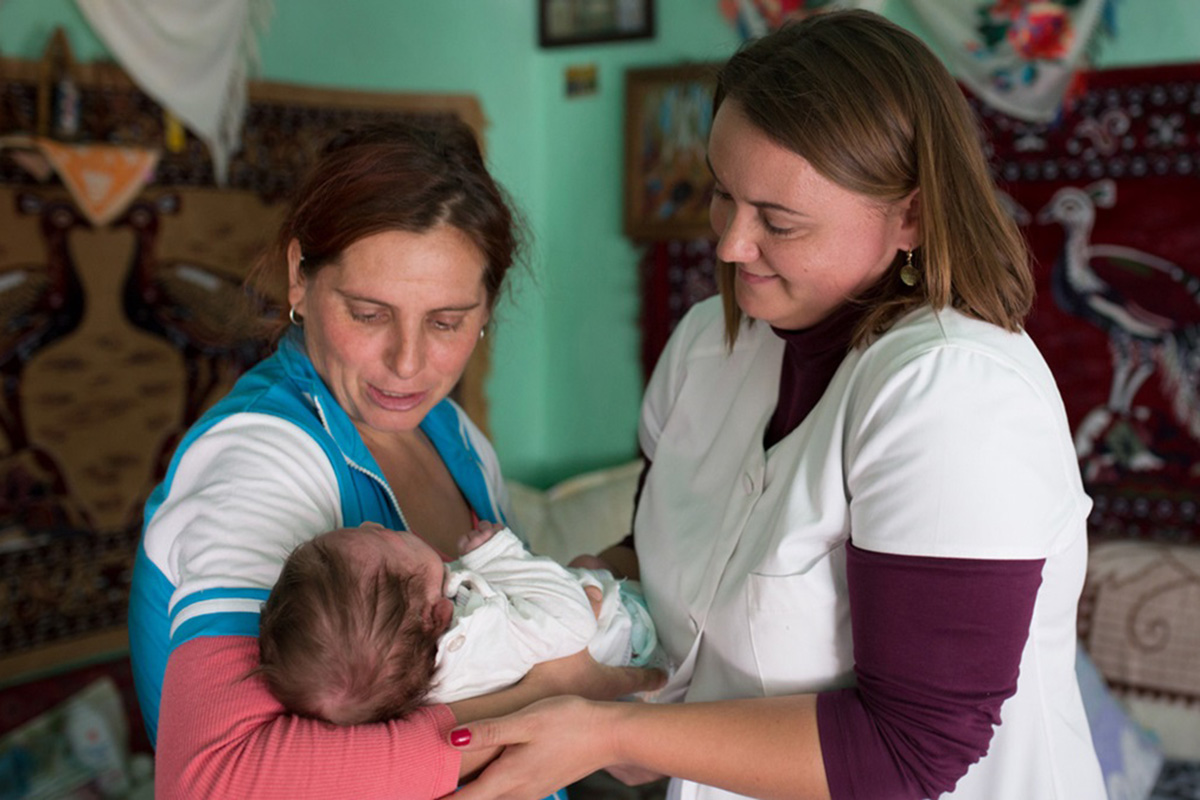An estimated 4.8 million jobs have been lost in Ukraine since the start of the Russian aggression, according to ILO. If hostilities escalate employment losses would increase to seven million.
WHO highlights the increasing use of online marketing for alcohol and the need for more effective regulation - young people and heavy drinkers are increasingly targeted by advertising.
Nearly half of all pregnancies are unintended. UNFPA presents how unintended pregnancies can contribute to the shame, stigma and misunderstandings that must be overcome to end this crisis.
Officially recorded remittance flows to low- and middle-income countries (LMICs) are expected to increase by 4.2 percent this year to reach $630 billion. This follows an almost record recovery of 8.6 percent in 2021, according to the World Bank’s latest Migration and Development Brief released today. Remittances to Ukraine, which is the largest recipient in Europe and Central Asia, are expected to rise by over 20 percent in 2022. However, remittance flows to many Central Asian countries, for which the main source is Russia, will likely fall dramatically.
With data from an IAEA database obtained through a nuclear technique, a study found the body will offset calories burned performing exercise — with age and weight, the ratio gets even worse.
The war in Ukraine has dealt a major shock to commodity markets, altering global patterns of trade, production, and consumption in ways that will keep prices at historically high levels through the end of 2024, according to the World Bank’s latest report. The increase in energy prices over the past two years has been the largest since the 1973 oil crisis. Price increases for food commodities—of which Russia and Ukraine are large producers—and fertilizers, which rely on natural gas as a production input, have been the largest since 2008.
The Global Network Against Food Crises releases the latest findings on the number of people facing acute hunger and malnutrition. It also provides an analysis of the drivers that are contributing to food crises, including conflicts, extreme weather events and economic shocks, as well as COVID-19-related economic effects. While it does not include the impacts of the war in Ukraine, it exposes the interconnected nature and fragility of global food systems, with serious consequences for global food and nutrition security.
An annual UNESCO gender report, analysing data from 120 countries in primary and secondary education, shows that in the early years, boys perform better than girls in mathematics but, this gender gap disappears later. This research confirms that the gender gap in learning has closed even in the poorest countries. And in some countries, the gap is now reversed. However, biases and stereotypes are still likely to affect learning outcomes. Boys are still far more likely to be overrepresented among the highest performers in mathematics in all countries.
In December of 2021, FAO published a report that introduced an innovative way of measuring poverty in rural areas, where the majority of the world's less well-off live, but for which reliable and harmonized data is difficult to come by. The idea is that a more precise identification of who the extreme poor are can help decision-makers shape more accurate policies to tackle rural poverty and hunger. This so-called Rural Multidimensional Poverty Index (R-MPI) was built on the widely accepted notion that household income alone does not fully capture a person's wellbeing.
Almost the entire global population (99%) breathes air that exceeds WHO air quality limits, and threatens their health. A record number of over 6000 cities in 117 countries are now monitoring air quality, but the people living in them are still breathing unhealthy levels of fine particulate matter and nitrogen dioxide, with people in low and middle-income countries suffering the highest exposures. The findings have prompted the World Health Organization to highlight the importance of curbing fossil fuel use and taking other tangible steps to reduce air pollution levels.
Without immediate and deep emissions reductions across all sectors, limiting global warming to 1.5°C will be beyond reach. However, there is increasing evidence of climate action, say scientists in the latest Intergovernmental Panel on Climate Change (IPCC) report released on Monday. “Climate promises and plans must be turned into reality and action, now,” the UN Secretary-General said in his statement on the report. “It is time to stop burning our planet and start investing in the abundant renewable energy all around us.”
WHO today launched its first ever global guidelines to support women and newborns in the postnatal period – the first six weeks after birth. This is a critical time for ensuring newborn and maternal survival and for supporting healthy development of the baby as well as the mother’s overall mental and physical recovery and wellbeing. Worldwide, more than 3 in 10 women and babies do not currently receive postnatal care in the first days after birth - the period when most maternal and infant deaths occur.
Nearly half of all pregnancies, totalling 121 million each year throughout the world, are unintended. For the women and girls affected, the most life-altering reproductive choice—whether or not to become pregnant—is no choice at all, explains the State of World Population 2022 report, by UNFPA. A world where every pregnancy is wanted is a UNFPA core goal. Here are seven myths about unintended pregnancy that contribute to the shame, stigma and misunderstandings that must be overcome to end this crisis.
WHO is releasing new guidelines on abortion care, in a bid to protect the health of women and girls and help prevent over 25 million unsafe abortions that currently occur each year.

